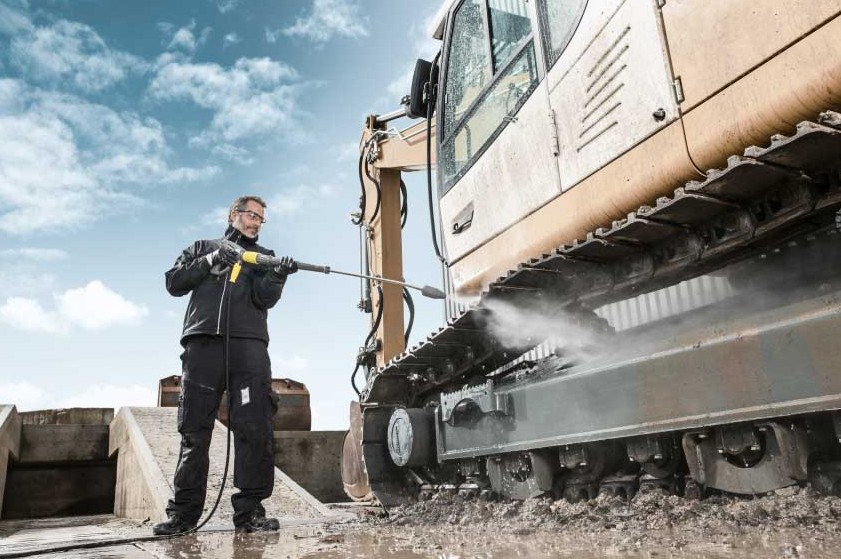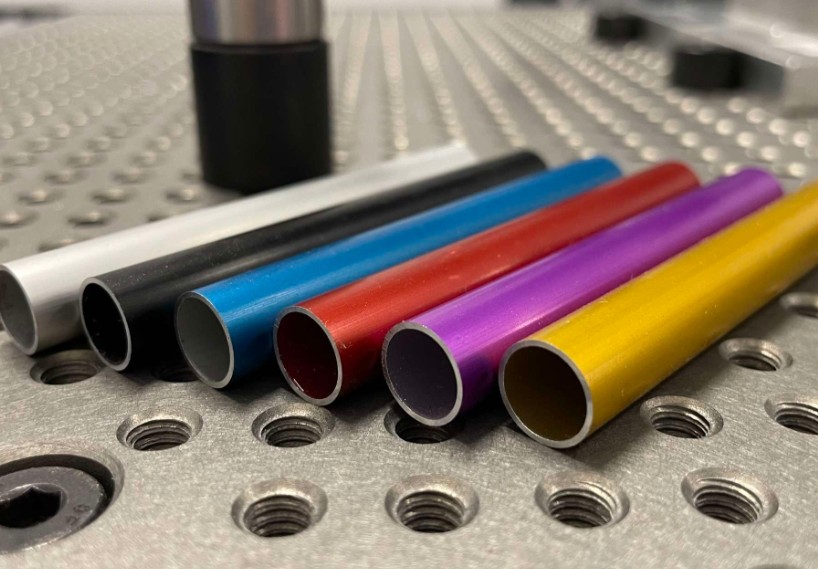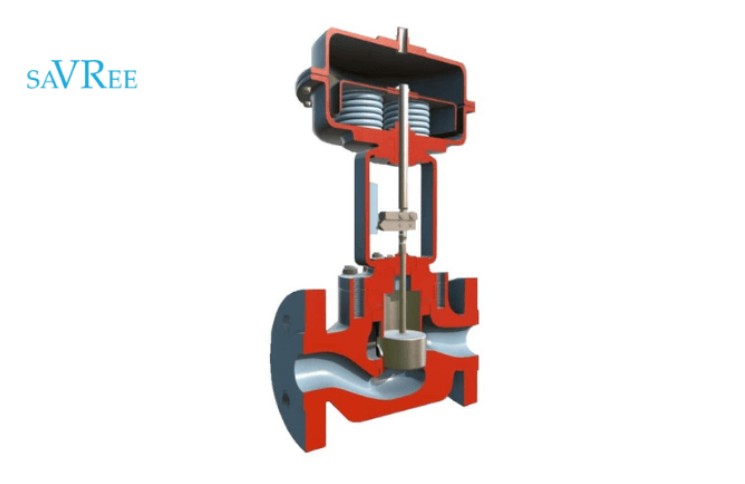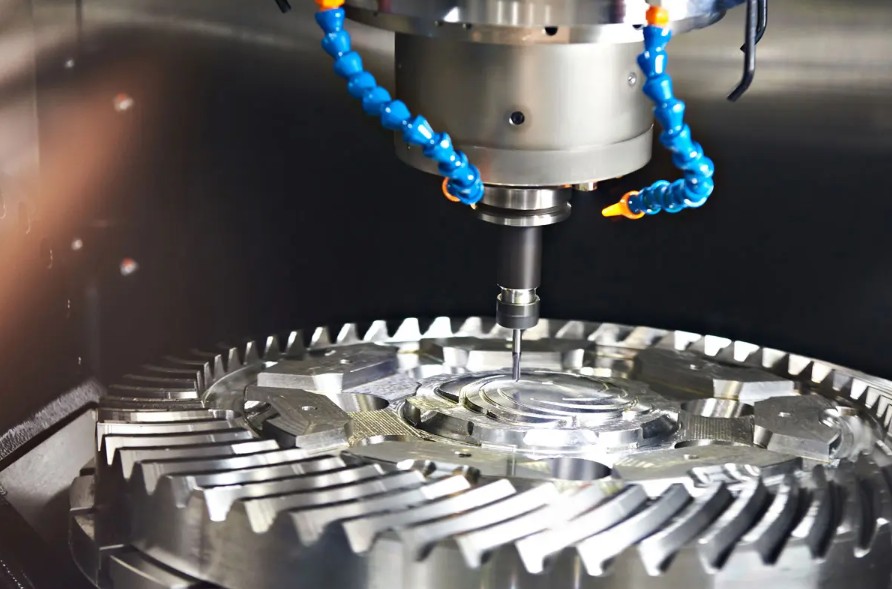

Getting the best results from your powder coating equipment requires following best practices and addressing common issues. Proper surface preparation is essential, especially when dealing with rust, grease, or old coatings. Blasting helps remove contaminants and imperfections while creating an ideal surface for coating adhesion. Using the right blasting media and following guidelines from your provider is crucial.
Having an adequate compressed air supply is important for effective blasting. Older piston-type compressors may need help to keep up with demand, resulting in compromised performance. Excessive moisture or oil in the compressed air system can also cause problems with powder application guns. Investing in a well-made rotary screw compressor, a refrigerated air dryer, and quality filters is recommended.
Maintenance plays a significant role in maximizing equipment performance. Regularly inspecting the blast nozzle, ensuring it is clean and undamaged, helps maintain performance. Chemical pretreatment processes require proper chemistry titration and avoiding contamination. Maintaining replaceable filters and checking screens and nozzles regularly are important maintenance tasks.
Consider transfer efficiency for optimal results with powder coating guns and spray booths. Using high-quality powders and proper storage practices are essential. Storing powder in a cool, dry environment and allowing acclimation before use enhances spraying performance. Ensuring a good ground connection at the booth is crucial, as it reduces powder waste and improves electrostatic performance.
Maintaining clean hooks and racks prevents grounding issues. Regular cleaning of powder coating booths is necessary to remove debris and spent powder. Neglecting filter maintenance decreases booth performance and increases overspray. Exhaust and intake filters should be cleaned or replaced when dirty or damaged. Operating the booth without filters should be avoided.
Proper maintenance and operation of the powder curing oven are critical. Regular cleaning, adjusting door latches, and checking fan belts help ensure consistent finishes. Maintaining an oven log to track maintenance, load density, cycle times, and finish anomalies is recommended. Running a data logger periodically confirms performance and allows for necessary adjustments.
Proper use of batch powder coating equipment is important for top-tier results. Overloading the oven or blocking ducts can affect performance. Adequate curing time and avoiding excessive oven temperatures are crucial to prevent finish inconsistencies and stress on components.
Take notice of the cool-down phase. Proper handling of hot parts prevents contamination and damage. Allowing sufficient cooling time before handling ensures a quality finish.
In summary, following best practices for surface preparation, compressed air supply, maintenance, transfer efficiency, powder curing, and cool-down is essential for optimal results with powder coating equipment. By implementing these practices, you can enhance your finishing processes, improve coating efficiency, and achieve superior finishes.
For more on this subject, read this article.






